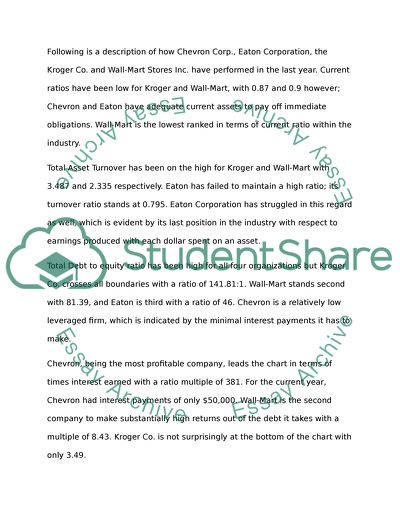Cite this document
(“Companies Research Essay Example | Topics and Well Written Essays - 2000 words”, n.d.)
Retrieved from https://studentshare.org/finance-accounting/1430814-companies-research
Retrieved from https://studentshare.org/finance-accounting/1430814-companies-research
(Companies Research Essay Example | Topics and Well Written Essays - 2000 Words)
https://studentshare.org/finance-accounting/1430814-companies-research.
https://studentshare.org/finance-accounting/1430814-companies-research.
“Companies Research Essay Example | Topics and Well Written Essays - 2000 Words”, n.d. https://studentshare.org/finance-accounting/1430814-companies-research.


